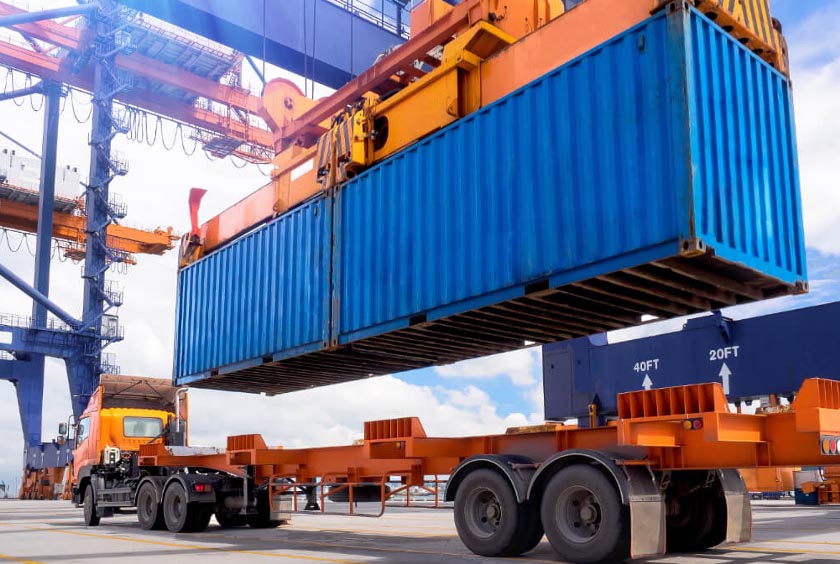Does all the news of tariffs and supply chain challenges have you down? Does the activity of bringing more manufacturing activity back to the US seem confusing? Why is it happening now?
Why Is Reshoring Happening Now?
After decades of offshoring, a powerful reshoring wave is building across American industry. But this shift isn’t happening in a vacuum. It’s the result of converging global and domestic forces that have altered the risk-reward calculus for manufacturers.
Fragile Global Supply Chains
The COVID-19 pandemic served as a wake-up call. When global trade ground to a halt in 2020, companies that depended on far-flung suppliers—especially in China and Southeast Asia—faced severe shortages, production delays, and empty store shelves. These vulnerabilities exposed just how fragile and overextended global supply chains had become. From semiconductors to PPE to baby formula, the cost of dependence on offshore manufacturing became painfully clear.
Rising Geopolitical Tensions with China
Over the past five years, U.S.-China relations have deteriorated significantly. Trade wars, intellectual property theft, national security concerns, and supply chain chokepoints (such as rare earth minerals and pharmaceuticals) have made China an unreliable manufacturing partner. U.S. policymakers and business leaders alike are responding by decoupling critical industries and seeking domestic or allied production alternatives.
Federal Policy Incentives
Massive federal investments have added powerful tailwinds to the reshoring movement. The CHIPS and Science Act, the Inflation Reduction Act (IRA), and the Bipartisan Infrastructure Law are injecting hundreds of billions of dollars into U.S. manufacturing. These laws include targeted tax credits, direct subsidies, and loan guarantees designed to bring back production in strategic sectors—from semiconductors and EV batteries to solar panels and biomanufacturing.
Escalating Overseas Costs
The once-overwhelming labor cost advantage of offshore locations like China and Vietnam is eroding. Wages in Asia are rising, and the cost of global shipping has become unpredictable—especially during times of geopolitical instability. When companies account for freight delays, tariffs, inventory risk, and quality control issues, reshoring often becomes cost-neutral—or even advantageous.
Consumer and Government Preference for “Made in USA”
Public trust in foreign-made products has declined, especially in areas tied to health, safety, and national security. At the same time, consumer demand for ethically produced, American-made goods is growing. The federal government has reinforced this trend with updated Buy American rules that prioritize domestic sourcing for federal procurement, creating added demand for U.S.-made inputs and products.
Technological Advancements Level the Playing Field
Automation, robotics, AI, and advanced manufacturing techniques like 3D printing are dramatically improving productivity in U.S. factories. These tools reduce the reliance on manual labor, lower operating costs, and allow companies to scale production efficiently at home. For many firms, these innovations make reshoring not just viable, but strategically smart.
True Has Been Doing This a Long Time
At True Manufacturing we have believed in the philosophy of US craftsmanship a long time. Since our founding owner returned from WWII and started the company, this has been a philosophy we have embraced for 80 years. 85% of True’s coolers and parts are manufactured in the US delivering the pride, quality and reliability of the American worker. If you’re in the market for refrigeration products and are concerned about all the recent supply chain confusion, True has you covered in the commercial and residential refrigeration space.
Ready to take control of your supply chain? Shop OEM parts now and keep your equipment running strong.”

